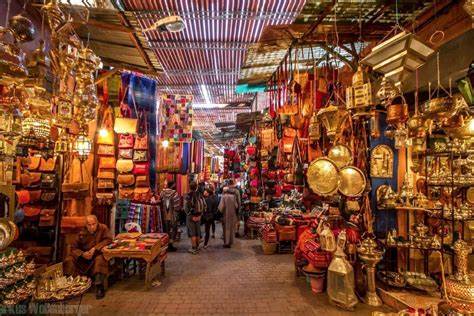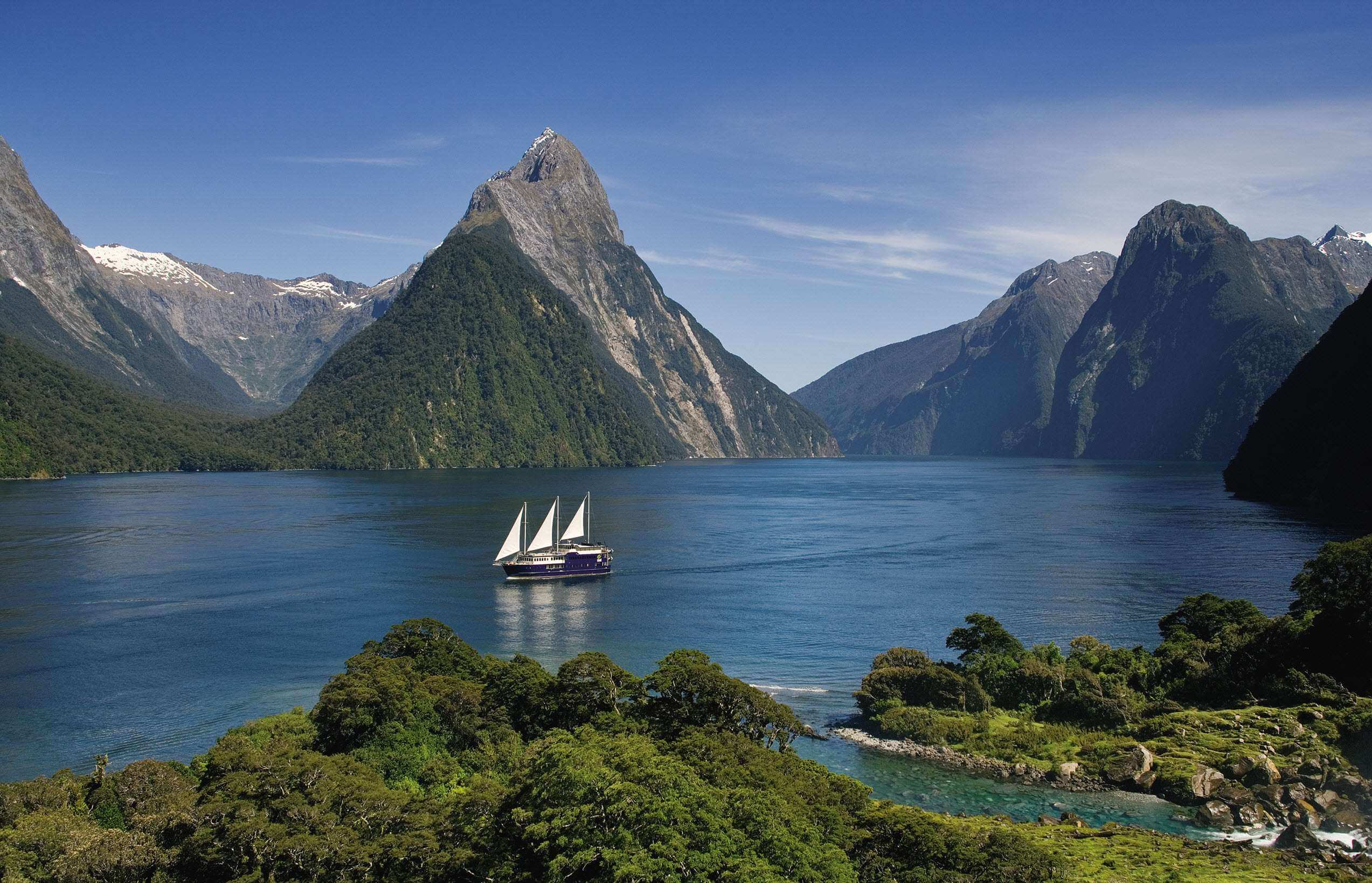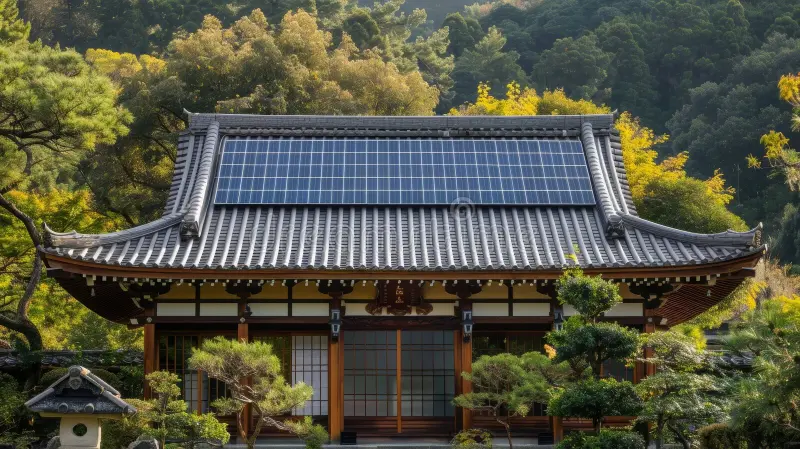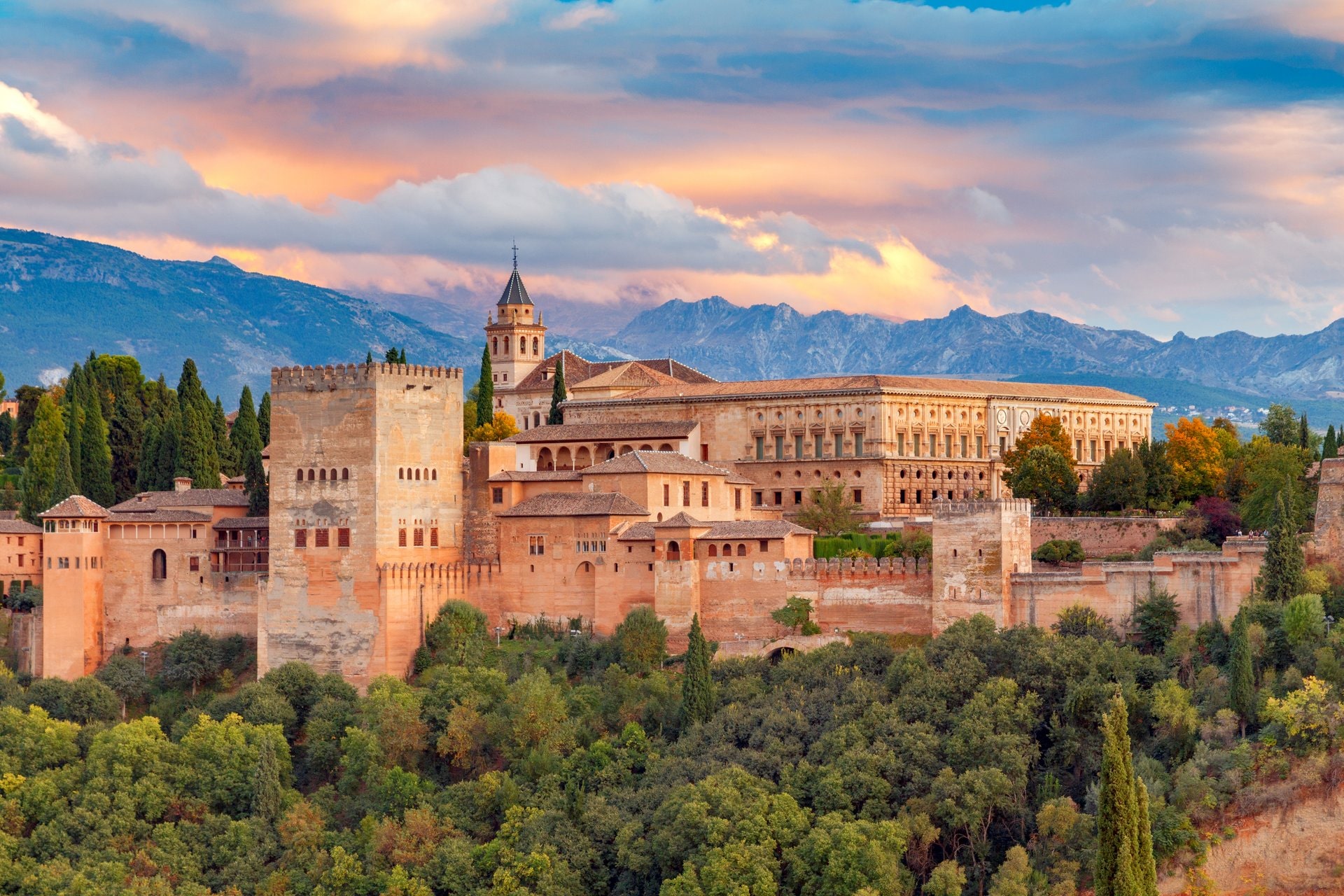Morocco is a country that captivates the senses with its rich history, diverse landscapes, and lively culture. From the maze-like streets of its ancient medinas to the vast expanse of the Sahara Desert, Morocco offers a unique travel experience filled with color, flavor, and tradition. Whether wandering through the bustling souks of Marrakech, hiking in the Atlas Mountains, or riding camels across golden sand dunes, visitors will find an enchanting mix of history and adventure at every turn.
The journey often begins in Marrakech, one of Morocco’s most famous cities. The heart of the city is Jemaa el-Fnaa, a sprawling square that comes alive with street performers, food stalls, and musicians as the sun sets. Snake charmers, storytellers, and acrobats create an electric atmosphere, drawing visitors into a scene that feels like it belongs in another era. Surrounding the square, the labyrinthine alleyways of the medina are filled with vibrant souks, where merchants sell everything from handwoven rugs and intricate lanterns to fragrant spices and traditional leather goods. The Bahia Palace, a stunning example of Moroccan architecture, offers a peaceful escape with its intricate tilework and serene courtyards, while the Koutoubia Mosque, the city’s most famous landmark, stands tall over the bustling streets.
For those seeking a quieter, more relaxed experience, Fes is the perfect destination. Known as the cultural and spiritual heart of Morocco, Fes is home to the world’s oldest university, the University of Al Quaraouiyine, founded in 859 AD. The Fes el-Bali medina is a UNESCO World Heritage site, a maze of narrow alleys lined with artisan workshops, traditional tanneries, and centuries-old madrasas. The Chouara Tannery, one of the oldest leather-making sites in the world, offers a fascinating glimpse into the ancient craft of dyeing leather using natural pigments. The scent of leather mixed with the aroma of Moroccan spices fills the air as workers treat hides in massive stone vats, creating a colorful and unforgettable sight.
Beyond the cities, Morocco’s natural landscapes provide endless opportunities for adventure. The Atlas Mountains stretch across the country, offering breathtaking scenery and opportunities for trekking. Small Berber villages dot the mountainsides, where life has remained largely unchanged for centuries. The town of Imlil serves as the gateway to Mount Toubkal, North Africa’s highest peak. Hikers and climbers from around the world come here to explore the rugged terrain, passing through terraced fields, walnut groves, and dramatic valleys along the way.
A journey to Morocco would not be complete without experiencing the vastness of the Sahara Desert. Merzouga, a small town near the Algerian border, is the starting point for excursions into the golden dunes of Erg Chebbi. Visitors can ride camels across the shifting sands, guided by nomadic Berbers who have traversed the desert for generations. As the sun sets, the landscape is bathed in deep shades of orange and red, creating a magical scene that feels almost surreal. Spending a night in a traditional desert camp under a sky filled with countless stars is an unforgettable experience, with the rhythmic beats of Berber drums and the flickering light of a campfire adding to the mystical atmosphere.
Along Morocco’s coastline, the blue and white town of Essaouira offers a different kind of charm. Known for its laid-back vibe and strong ocean winds, Essaouira has long been a haven for artists, musicians, and surfers. The town’s medina, a UNESCO World Heritage site, is a blend of Portuguese, French, and Moroccan influences, with narrow streets lined with art galleries, seafood restaurants, and markets selling fresh produce and handicrafts. The port, filled with bright blue fishing boats, is the perfect place to watch fishermen haul in the day’s catch, while the nearby beaches provide an excellent spot for windsurfing and relaxing by the sea.
For those interested in Morocco’s imperial history, the city of Meknes offers a quieter but equally fascinating alternative to its more famous counterparts. Once the capital of Morocco during the reign of Sultan Moulay Ismail, Meknes is home to impressive historical sites, including Bab Mansour, one of the most beautiful gates in North Africa, and the Mausoleum of Moulay Ismail, where visitors can admire the intricate architectural details of the sultan’s final resting place. Nearby, the ancient Roman ruins of Volubilis provide a glimpse into Morocco’s past as part of the Roman Empire. The site features well-preserved mosaics, grand arches, and remnants of ancient villas, standing as a testament to the region’s rich history.
The culinary delights of Morocco add another layer to the travel experience. Traditional Moroccan cuisine is a blend of Berber, Arab, and French influences, creating dishes that are rich in flavor and spices. Tagine, a slow-cooked stew made with meat, vegetables, and fragrant spices, is a staple in every household and restaurant. Couscous, often served with vegetables and lamb, is a Friday tradition in many Moroccan homes. Sweet treats like pastilla, a savory-sweet pastry filled with spiced meat and dusted with powdered sugar, showcase the country’s unique approach to combining flavors. Moroccan mint tea, served in ornate silver teapots and poured from a height to create a frothy top, is a symbol of hospitality and is enjoyed throughout the day.
Morocco is a country that engages all the senses, from the call to prayer echoing through the medinas to the scent of spices wafting through the markets. It is a place where ancient traditions and modern influences coexist, where every corner holds a new discovery, and where the warmth of Moroccan hospitality makes every visitor feel welcome. Whether exploring historic cities, traversing the desert, or indulging in its world-renowned cuisine, Morocco offers a journey that lingers in the heart and mind long after the trip is over.






